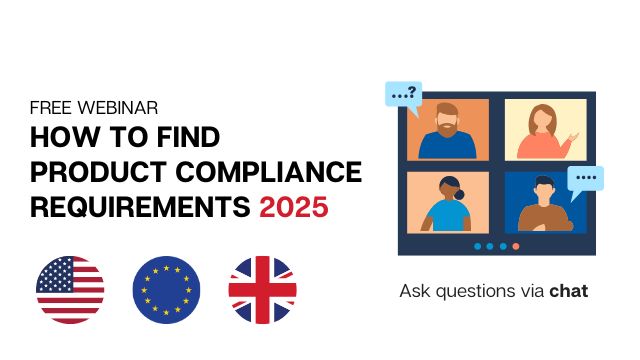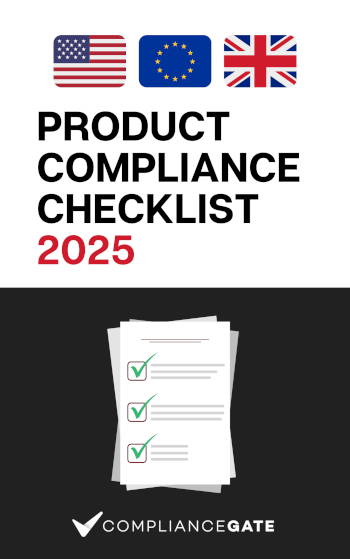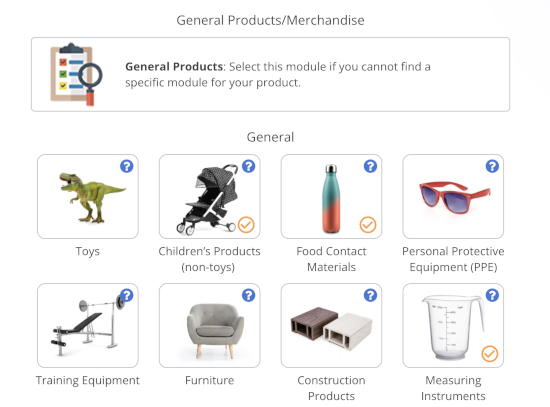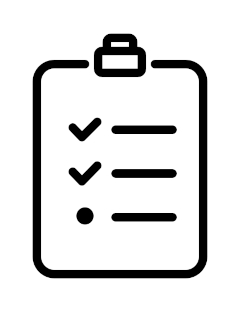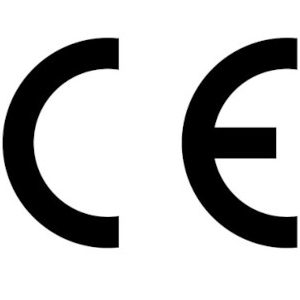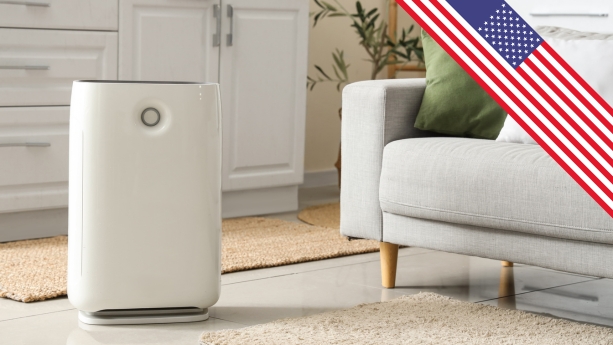
Food packaging must be compliant with various federal and state regulations in the United States. These regulations set requirements concerning substances, labeling, GMP, and other aspects.
In this guide, we list key US food contact materials regulations, FPLA, UPLR, Model Toxics in Packaging Legislation, and other compliance requirements relevant to food packaging imported or manufactured for the US market.
Note: This guide only covers requirements applicable to food packaging materials. It does not cover food labelling requirements. Furthermore, we do not claim that we list all requirements applicable to food packaging in the US.
Continue reading Food Packaging Regulations in the US: An Overview

